Do as the Victorians did – visit Thuringia
From enchanting architecture and stylish gardens to historic towns, Germany’s Thuringia, a favourite destination of Queen Victoria and Prince Albert, has got it all.
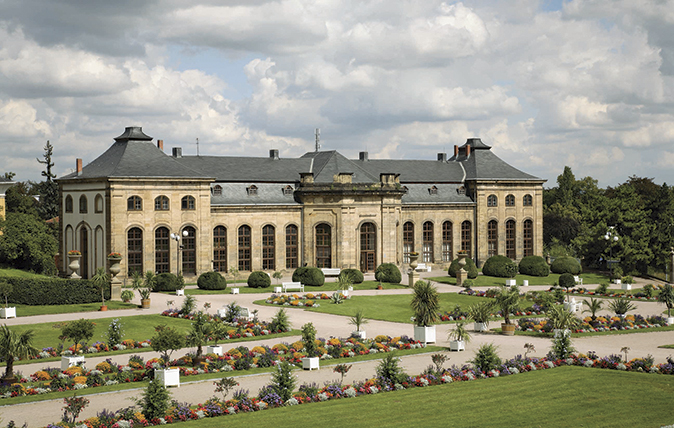
The Ernestine dynasty, which ruled Thuringia for centuries, not only left delightful palaces and gardens behind, but also established links with a great many European royal families through a busy marriage policy. The most famous offspring are Prince Albert of Saxe-Coburg and Gotha and Queen Victoria, his cousin and wife.

The handsome town of Gotha was one the favourite residences of the Ernestine Dukes and the royal couple and their children were frequent guests. Albert had a special relationship with Gotha, as it was home to his beloved grandmother Duchess Karoline Amalie of Saxe-Coburg-Altenburg. With Friedenstein Castle, the Ekhof Theatre, the Ducal Museum, the Orangery and the gardens, the 16th-century Baroque ethos has survived in the charming town to this day.
Friedenstein (literally, ‘peace-rock’), one of the largest early-Baroque castles in Germany, was completed in 1654. Duke Ernst I started an ‘Arts Chamber’, which eventually produced a collection of international significance. The castle features original royal living quarters and reception rooms, in which visitors can pass through several epochs, from Baroque through Rococo to Classicism.

Amid the various collections within the castle is the world’s oldest Baroque theatre, the Ekhoftheater – nowadays, you don’t have to be royal to enjoy the atmospheric performances. The castle gardens, with their stylish flowerbeds and handsome Orangery, are perfect for a relaxing stroll.
But there’s more still to Thuringia’s fame. The area is largely shaped by its illustrious inhabitants, from composers and musicians such as Bach and Liszt to reformer Martin Luther, poets Johann Wolfgang von Goethe and Friedrich Schiller, avant-garde architect and Bauhaus founder Walter Gropius, painter Lucas Cranach and the philosopher Nietzsche. All of these have left a legacy to explore.
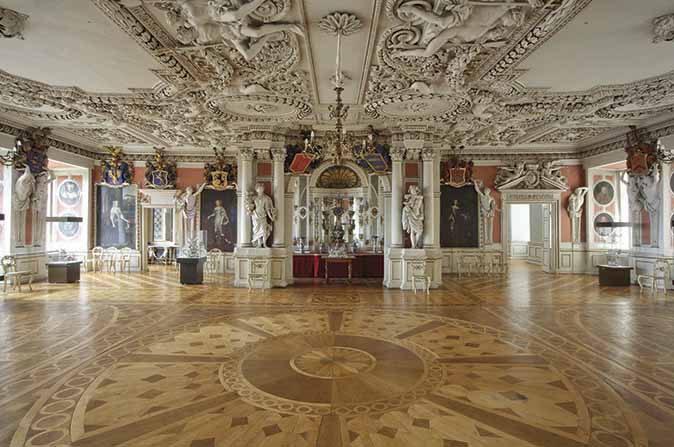
More so than most other German towns, Weimar is an extraordinary reminder of the great Enlightenment. Under the patronage of Duchess Anna Amalia, artists, writers and philosophers from all over the world were drawn to Court.
With a plethora of poets’ houses, monuments and palaces as well as parks and gardens, the town’s Classical sights are now protected by UNESCO. From Goethe’s house – with it’s authentic content and furnishings – to Franz Liszt’s residence, the Nietzsche Archives and the Bauhaus School building, Weimar remains one of Germanys’ most culturally fascinating towns to visit.
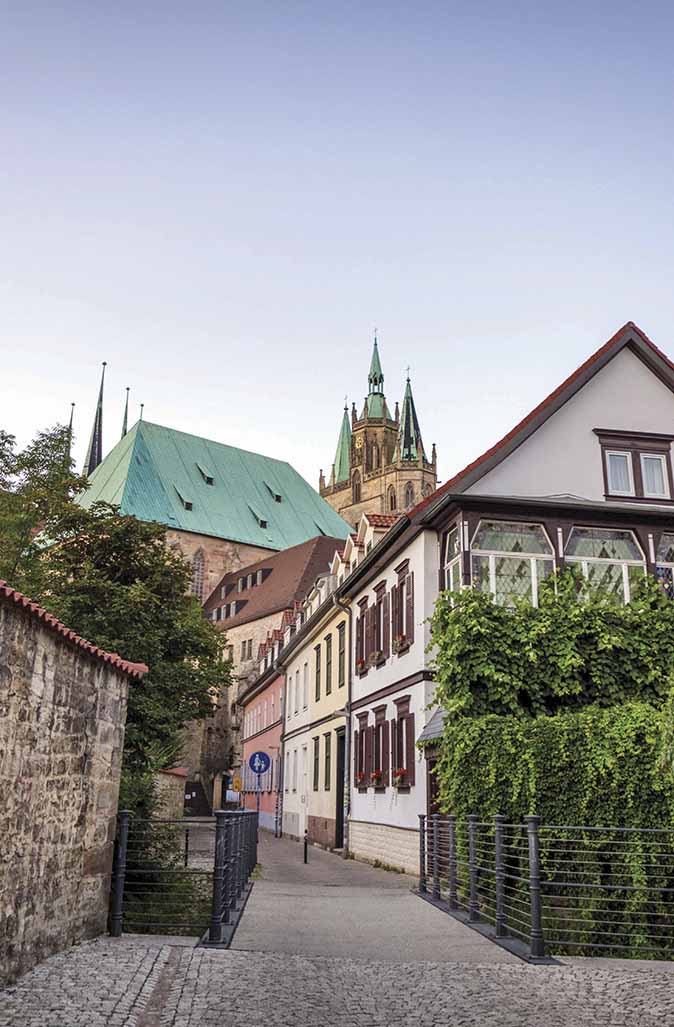
Five hundred years ago, Martin Luther’s 95 Theses sparked a European Reformation. His subsequent exile at the Wartburg castle gave him time to translate the New Testament from the Greek original into the German language. The Castle, another UNESCO World Heritage Site, was built in 1067 and sits high above the nearby town of Eisenach, Bach’s birthplace.
The Bach museum provides fascinating insights into the lifestyle and tastes of a late-17th-century burgher. Manuscripts, portraits and assorted objects recall the life of the great composer and his family.
Thuringia’s capital, 1,300 year old Erfurt, is one of Germany’s best preserved medieval towns, with a 12th-century cathedral. One of the historic highlights is the 16th-century Krämer Bridge (‘the grocers' bridge’), which still has inhabited houses on both sides.
Travel
Fly to Frankfurt with Lufthansa and take advantage of the Fly&Rail offer. This return train ticket from Frankfurt airport will take you to Erfurt in 2½ hours for just €58; more on www.lufthansa.com
Visit www.visit-thuringia.com for further information

Exquisite houses, the beauty of Nature, and how to get the most from your life, straight to your inbox.
-
 A short history of all the must-have toys for Christmas
A short history of all the must-have toys for ChristmasToday’s queues may be digital, but the fight to secure that must-have present and avoid small, disappointed faces is timeless. Tom Howells looks at the toys topping recent (and less recent) Christmas wish lists.
-
 Four homes fit for Father Christmas, from dream chimneys and reindeer stables to a house — with sleigh parking — on North Pole Road
Four homes fit for Father Christmas, from dream chimneys and reindeer stables to a house — with sleigh parking — on North Pole RoadIt's the time of year when we stop and wonder what Father Christmas is doing to get ready for his big day — and just as importantly, the sort of house he'd need to live in to prepare.
-
 Space, seclusion and indulgence: Arranging a luxury villa experience with One&Only and Carrier
Space, seclusion and indulgence: Arranging a luxury villa experience with One&Only and CarrierVillas and private homes offer privacy, peace, space and top-end resort facilities when you want them — particularly if you opt for one of the choices within the One&Only collection, as curated by the experts at Carrier Luxury Holidays.
-
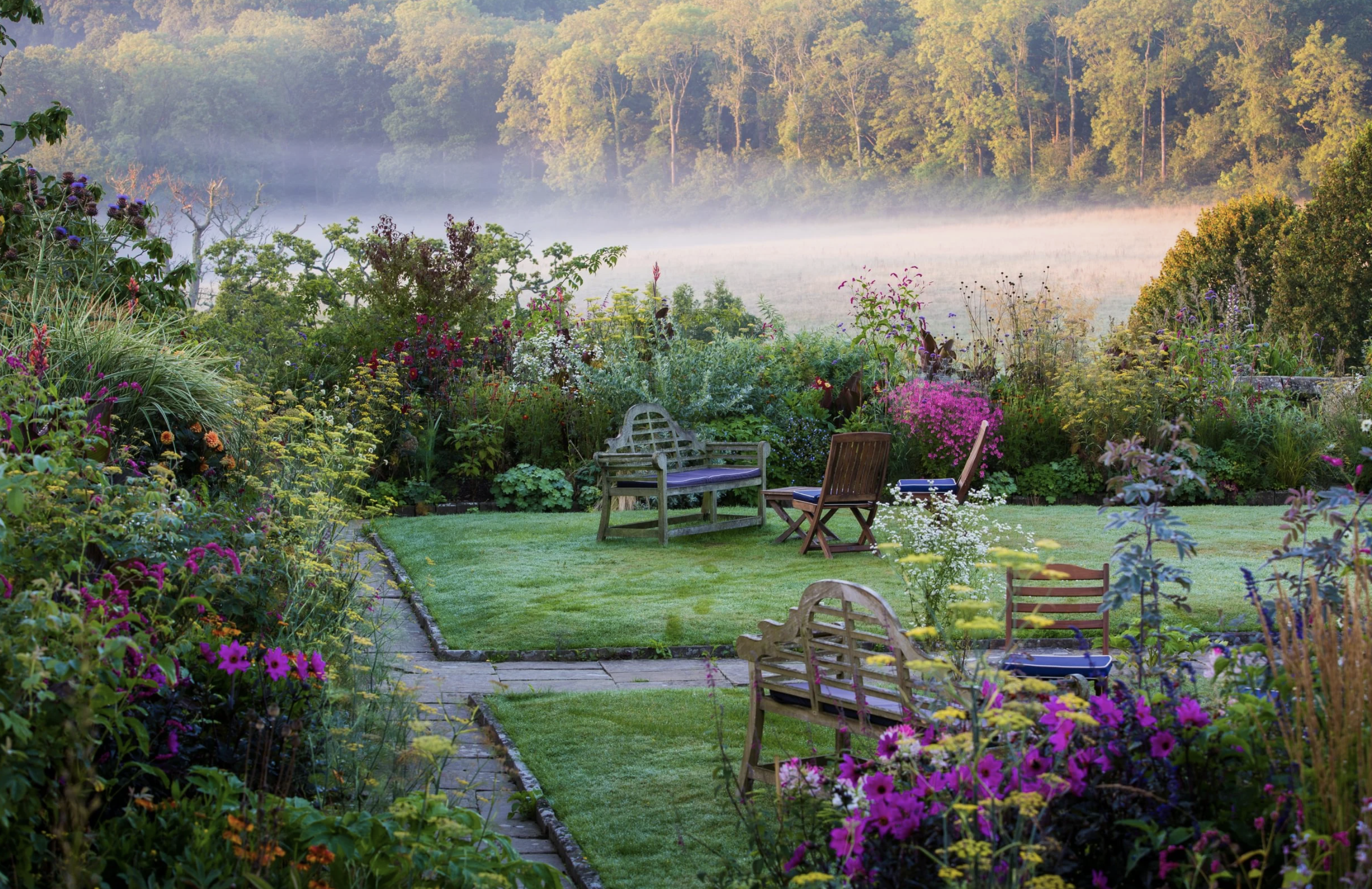 Great garden getaways
Great garden getawaysDiscover some of Britain’s finest gardens with a PoB Hotels break
-
 Queensland: The destination where you'll get several holidays in one
Queensland: The destination where you'll get several holidays in oneFrom golden beaches to ancient rainforest, Queensland is full of wonder — and Turquoise Holidays are the perfect agents to help you book a dream trip.
-
 The Benmore Estate: Part Treasure Island, part adventure playground on the Isle of Mull
The Benmore Estate: Part Treasure Island, part adventure playground on the Isle of MullTraditional charm meets outdoor adventure on the Isle of Mull’s Benmore estate. Here's what you can expect from a visit.
-
 The perfect way to go island hopping in the Hebrides
The perfect way to go island hopping in the HebridesThe natural beauty of Mull and its surrounding islands is beyond compare — and the ideal way to enjoy them is in a boat of your own.
-
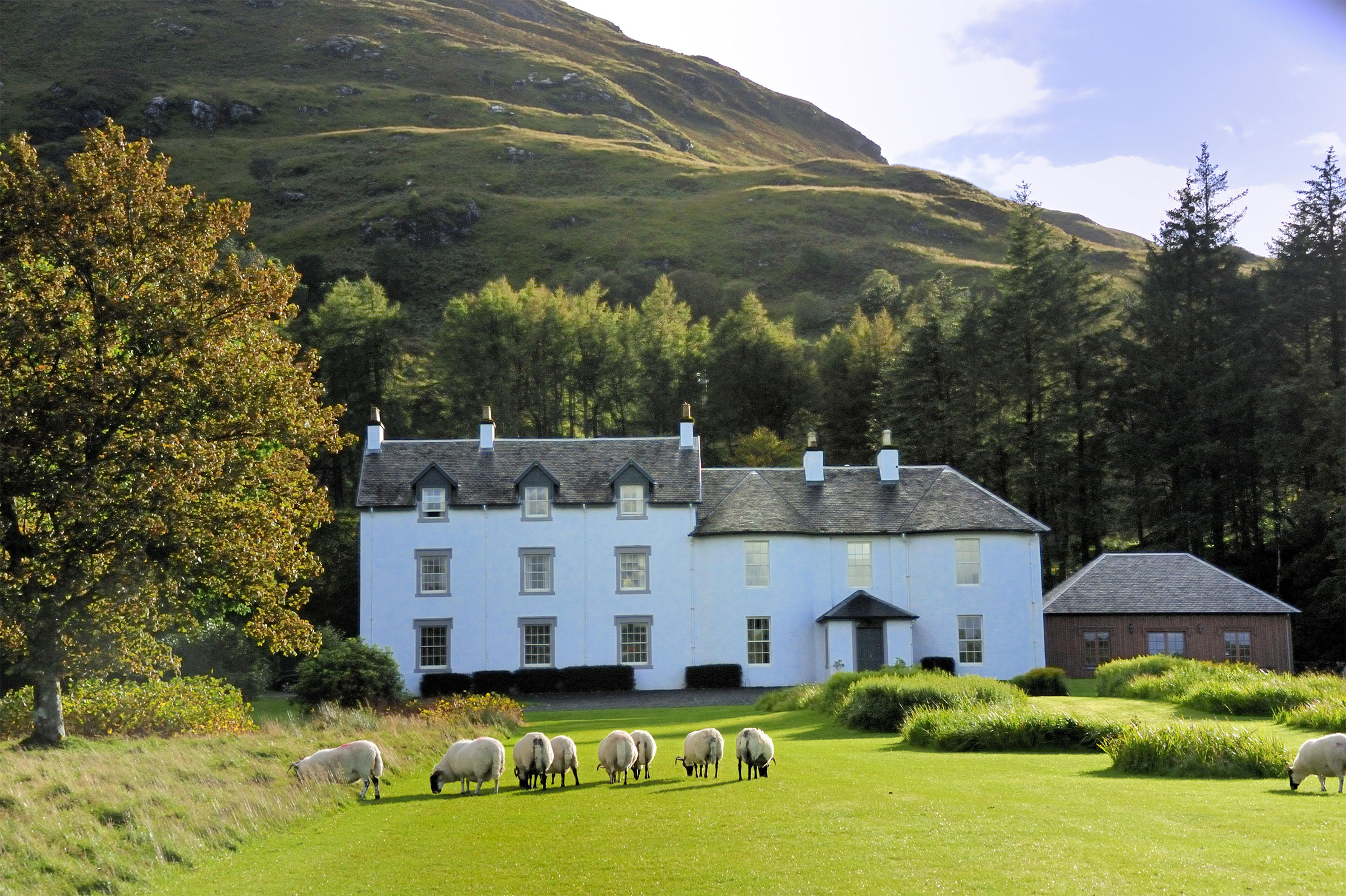 Knock House, the perfect Highland lodge once owned by Queen Victoria's daughter, in one of the most beautiful spots on Mull
Knock House, the perfect Highland lodge once owned by Queen Victoria's daughter, in one of the most beautiful spots on MullThe Benmore Estate is a '32,000 acre adventure playground' — as the owners describe it — on the Isle of Mull, at the heart of which is a quite beautiful property: Knock House.
-
 Six unforgettable Highland holidays to get in your diary to help you follow your passions in 2021
Six unforgettable Highland holidays to get in your diary to help you follow your passions in 2021The Benmore Estate is running six luxury breaks in the spring and summer of 2021 to help people further the passions that they've been pursuing during the lockdown of 2020.
-
 Five genuinely unforgettable honeymoons from the travel experts who've doubled down on romance and glamour
Five genuinely unforgettable honeymoons from the travel experts who've doubled down on romance and glamourNo holiday you'll ever book is more important to get right than your honeymoon. Here, honeymoon experts Turquoise share some suggestions for holidays which you'll remember as much as the big day itself.

